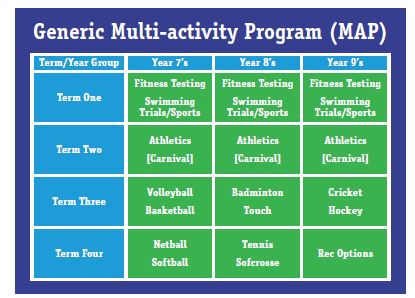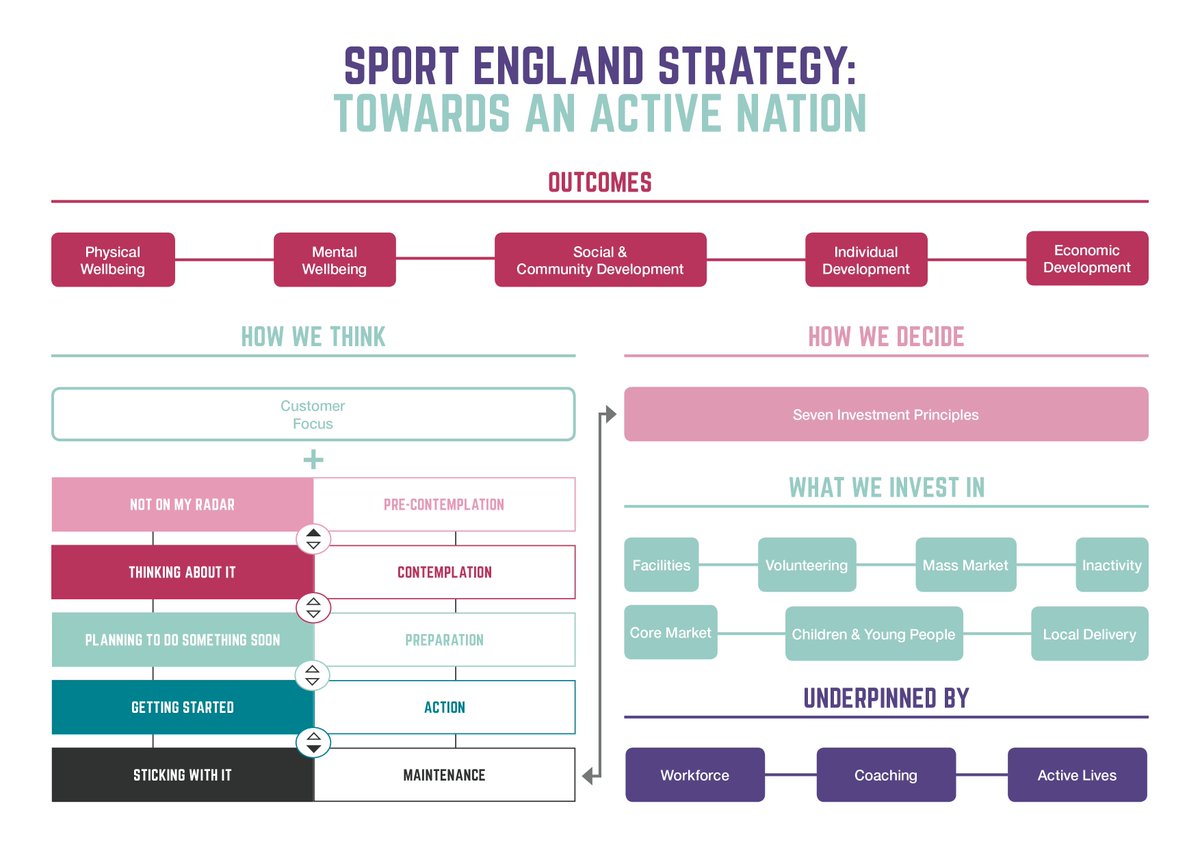
@snowded blog of the year & 3 keys 👇🏽
1. "any map needs to be subject to continuous feedback [...]
"imagine a sort of war room with attitudinal & constraint maps visible and shifting to allow complexity to be navigated rather than contained or avoided"
cognitive-edge.com/intire-of-it-s…
1. "any map needs to be subject to continuous feedback [...]
"imagine a sort of war room with attitudinal & constraint maps visible and shifting to allow complexity to be navigated rather than contained or avoided"
cognitive-edge.com/intire-of-it-s…

2. Key 2 may be familiar -
"Soil fertility is heavily impacted by a type of fungus known as mycorrhizae which has a symbiotic relationship with the plant [...]
"The equivalent in an organisation and the informal networks and associations that keep the formal systems working.
"Soil fertility is heavily impacted by a type of fungus known as mycorrhizae which has a symbiotic relationship with the plant [...]
"The equivalent in an organisation and the informal networks and associations that keep the formal systems working.
Likewise, key 3 - which links familiar themes of scaffolding
"organisation units, identities, and other objects and their points of coherence" to the design of interactions in situations where "you can’t fully know what you need to know until you need to know it" #BecauseHuman
"organisation units, identities, and other objects and their points of coherence" to the design of interactions in situations where "you can’t fully know what you need to know until you need to know it" #BecauseHuman
4. We then get "to the vexatious question of techniques focused on the individual" 🤪
Re. coaching and facilitation: all lovely, but without attunement to affordances, what's the point?
Sports coaches: this is the link to ecological dynamics & to @stu_arm's #GuideByTheSide 👀
Re. coaching and facilitation: all lovely, but without attunement to affordances, what's the point?
Sports coaches: this is the link to ecological dynamics & to @stu_arm's #GuideByTheSide 👀
• • •
Missing some Tweet in this thread? You can try to
force a refresh

![[...] to help girls [...] fall in love with our game at a yo](https://pbs.twimg.com/media/ElvpF7KWkAc3OKQ.jpg)
![[...] 90% of schools (primary/secondary) in England to be pa](https://pbs.twimg.com/media/ElvpIZlXgAYSvLw.jpg)
![[...] 90% of schools (primary/secondary) in England to be pa](https://pbs.twimg.com/media/ElvpJ07XYAA2cgC.jpg)


![[...] a musician exemplifies wayfinding by emotionally engag](https://pbs.twimg.com/media/Elm6oHRXUAIjr1c.png)



